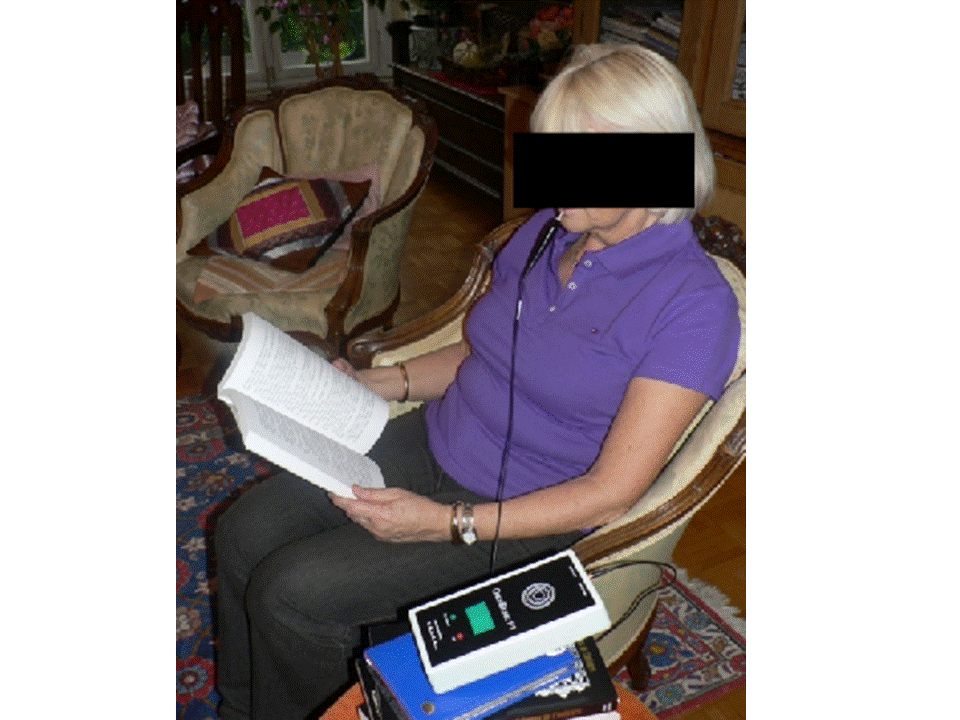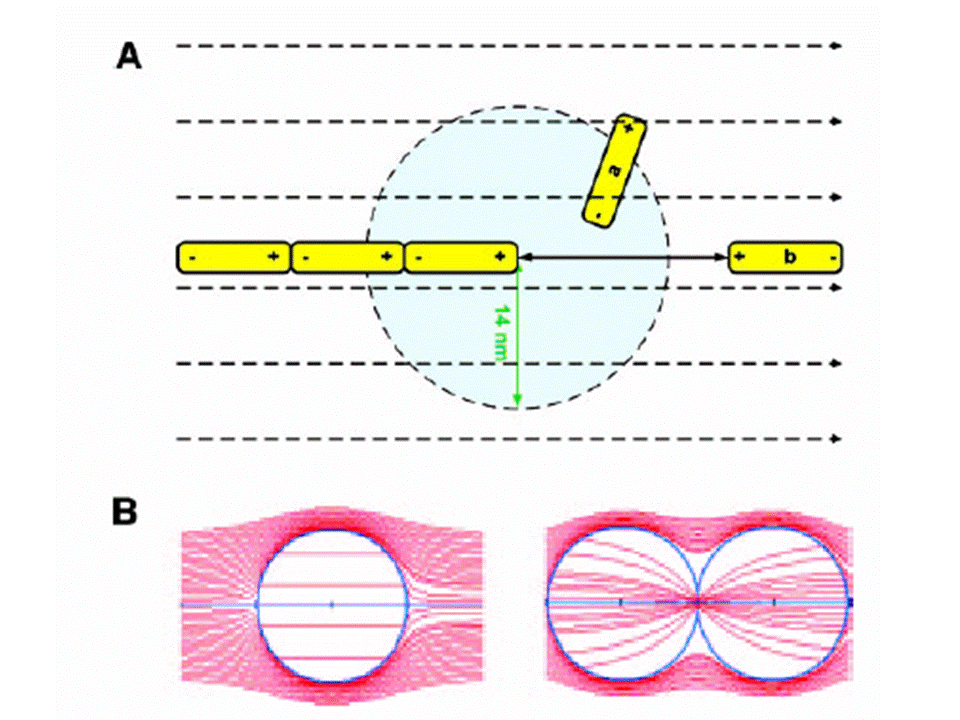Over the past fifty years there has been a growth in radio technology that has completely changed our lives at many levels including our personal lives, the way we educate our kids, how we do science, and basically how we interact with the rest of the Cosmos. Here we look at three ways for treating cancer.
As a long serving member of the Bioelectromagnetics Society, I thought I might also give a quick rundown of its history and something of its aims.
If you look at the history of BEMS it grew out of disparate medical research conducted in the 18th and19th centuries. Perhaps the most famous of these studies wasconducted by Luigi Galvani with his frogs’ legs experiments revealing ‘animal electricity’; Benjamin Franklin with his kite flying experiments is up there too to coin a phrase. James Clerk Maxwell investigated how human cells worked and used lumped circuit analysis models of the human cell.
In this history we see many examples of polymaths (Polymath, Greek polymathes,"having learned much," from poly-, "much" + manthanein,"to learn") We might think of Leonardo with his anatomical drawingsas the archetypical polymath . There’s another modern sense of this word andthat is how a mathematician can apply his numerical and analytic methods acrossdifferent applications of physics and biophysics. Some members of BEMS are infact medical physicians, or microbiologists, some of us are mathematicians. A working knowledge of medicine and biology is essential and a smattering of mathematics doesn’t go astray either.
More recently the Second World War saw the invention and use of radar that helped defeat the Nazis and their Axis powers. As the Cold War raged, Western and and U.S.S.R. scientists worked independently of each other. Standards for exposure limits to EM radiation across both global spheres were dramatically different. Apart from the political systems other forces were behind these differences.
One area where radiations of all sorts are reflected and scattered is on board ships near microwave dishes and a host of otherantennas. In terms of radiation exposures, service personnel and what are termed radiation workers are in general permitted to work in environments where a higher dose is allowed beyondthose set down for the general public which may include the young, the elderly and the frail. For instance in earlier times, police would use radar equipment heldon their laps; nowadays police are advised never to hold the radar gun in their laps. More recently, the use of mobile phones has been tested and according to some found to be ‘safe’.
But this finding is in dispute amongst scientists http://www.psrast.org/aboutus.htm.We on science20.com just had a fiery discussion about genetically modified food and it is fair to say mobile phone technology is similarly without scientific consensus.My own opinion is that this area of research has not yet come to a satisfactory conclusion and further research is needed (as will be explained in a future blog).
Recently within BEMS there has been a trend away from questions about exposure safety and a redirect towards medical therapies. For instance there has been much progress in understanding how cells work and this knowledge is being used to find different methods for treating cancers using electromagnetic fields. This body of work includes the following three efforts:
(1) Treating liver cancer via thermal interaction of antenna and biology. “To treat deep-seated hepatic tumors, antennas should be able to produce a highly localized specific absorption rate (SAR) pattern and be efficient radiators at approved generatorfrequencies. (shown below in Figure 1) As an example, a double slot chokedantenna for hepatic MWA was designed and implemented using FEMLAB™ 3.0” (a commercial finite element code).

Figure 1 Photograph of the double slot choked antenna, shown without catheter.
(2) Treating advanced hepatocellular carcinoma“TheraBionic has solved a central problem in the treatment of hepatocellularcarcinoma. Because most drugs are metabolized by the liver, many patients donot tolerate therapy for this disease as they have severely impaired liverfunction. With current treatments on the market, patients withhepatocellular carcinoma have a very limited life expectancy, ranging from 6-12months.”
“PRODUCT OVERVIEW
The TheraBionictechnology is based on a platform technology which has been used in thetreatment of several hundreds of patients enrolled in clinical studies in theUS and Europe. Since 2001 the two main developers of this technology, BorisPasche and Alexandre Barbault, have developed novel proprietary biofeedback devices and methods, which allowed for the identification of tumor-specific frequencies. In collaboration with Dr. Niels Kuster, a leader in the field of bioelectromagnetics, they have designed and filed a patent for a novel device (OncoBionic P1), which delivers electromagnetic energy with markedly higherprecision. Successful completion of a feasibility study in patients withadvanced cancer as well as a phase II study in patients with advancedhepatocellular carcinoma conducted at the University of São Paulo in Brazilhave paved the way for the registration trial. Given this treatment's superior tolerability and efficacy as compared with current anticancer therapie, TheraBionicis expected to rapidly become a leader first in the treatment of hepatocellular carcinoma, then in other tumor types.” (Dr Neils Kuster was President of BEMS 2008-2009.)

Figure 2. How is TheraBionic Administered? Patients hold the mouthpiece in their mouths but are free to carry on other activities such as reading, watching TV and walking while receiving treatment.
(3) Disrupting Cancer Cell Replication by Alternating Electric Fields.
ABSTRACT Low-intensity,intermediate-frequency (100–300 kHz), alternating electric fields, delivered bymeans of insulated electrodes, were found to have a profound inhibitory effecton the growth rate of a variety of human and rodent tumor cell lines (PatriciaC, U-118, U-87, H-1299, MDA231, PC3, B16F1, F-98, C-6, RG2, and CT-26) andmalignant tumors in animals. This effect, shown to be nonthermal, selectivelyaffects dividing cells while quiescent cells are left intact.

Figure 3. A, schematic representation of two tubulin dimerspositioned near the tip of an elongating microtubule in a dividing cell. The force that a 1-V/cmextracellular TTField exerts on a tubulin dimer located less than 14 nm away from themicrotubule (a) is smaller than the force exerted by the polar microtubule tip, and therefore it willalign according to the field generated by the microtubule. In contrast, dimers further than 14nm from the end of the microtubule (b) are aligned by the forces of the TTFields (dashedlines) in a direction that may not be compatible with the polymerization-depolymerizationprocess. B, finite element mesh simulation of the lines of force of the electric field inside aquiescent cell (left) and a cell undergoing mitotic cytokinesis (right). The diameters of the cellsin the simulations was 10 m and membrane thickness 3 nm. Inside the quiescent cell, theelectric field is mostly uniform (equal distances between the lines of force). In contrast,in the dividing cell, the field is inhomogenous—the field intensity (line density) increases toward the cleavage furrow.
All these efforts use different frequencies ranging across the RF spectrum. One uses cancer specific frequencies. They also use three completely different techniques based on different strategies to work with or against tumour cells. We are now rapidly entering a new era of cancer treatment. It is with pride and joy that I am able to say I have been and remain an active member of BEMS.





Comments